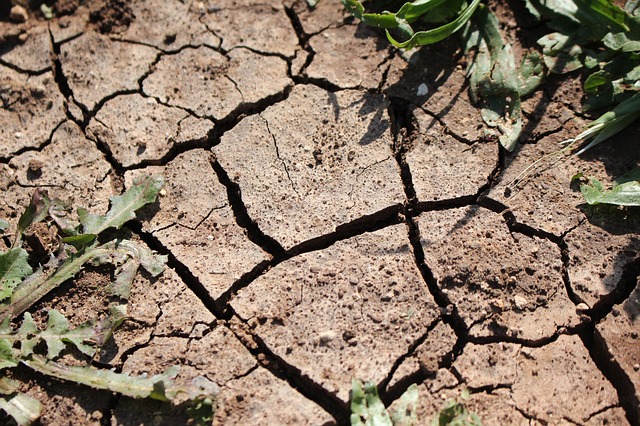
It’s easy to become overwhelmed by looking at a newspaper or watching a report on the state of our planet’s essential ecosystems. Soil erosion, soil depletion, diminishing soil fertility and declining crop nutrition. It’s enough to make a person want to stick his or her head into the sand—as long as drought hasn’t turned it into cement, that is.
Sigh. The news can’t be all bad, can it?
Fortunately, not everything is dire. By declaring 2015 as The International Year of the Soil, the Food and Agriculture Organization of the United Nations has made more people aware of the current state of our world’s soils. It’s not too late to begin reversing what it’s only taken mankind a few decades to destroy.
In fact, one of the tools already at our disposal is soil remineralization with rock dust. Soil remineralization is the process of returning minerals to the soil by mimicking the Earth’s own natural methods. Instead of glaciers and volcanoes, however, remineralization is the process of adding finely crushed rocks to soil that has been depleted of minerals over the course of decades either through natural weathering or by over-farming.
Silicate rocks like basalt, in particular, contain the broadest spectrum of minerals and trace elements that are essential to plant health and nutrition. (Read more in an earlier blog post: “Rock Dust Made of Volcanic Basalt Delivers a Diversity of Minerals.”)
The benefits of remineralization with rock dust are well documented. Here are just a few positive proof points:
- “Soil remineralization has been shown in scientific studies to achieve fourfold increases in agricultural and forestry (wood volume) yields and to produce both immediate and long-term benefits from a single application.” (Source: Remineralize.org)
- One of the most comprehensive studies of the benefits of volcanic basalt dates back decades and came from D. Hotman de Villiers who conducted a series of long-term field trials on highly degraded soil that led to increased sugarcane yields on the island of Mauritius.
- In deforested cattle land in Costa Rica, Jatrophra trees that received rock dust produced larger and more abundant seeds and grew more vigorously than trees that did not. (Source: Remineralize.org)
- The country of Brazil has gone as far as to enact legislation that includes soil remineralization as part of its agricultural policy.
Remineralization with mineral-rich rock dust is key to the revitalization of our biologic ecosystems and it is encouraging to see these initiatives taking place. And remember—no change is too small. Begin by remineralizing the soil in your backyard and help raise global awareness of Earth’s “living skin.”
